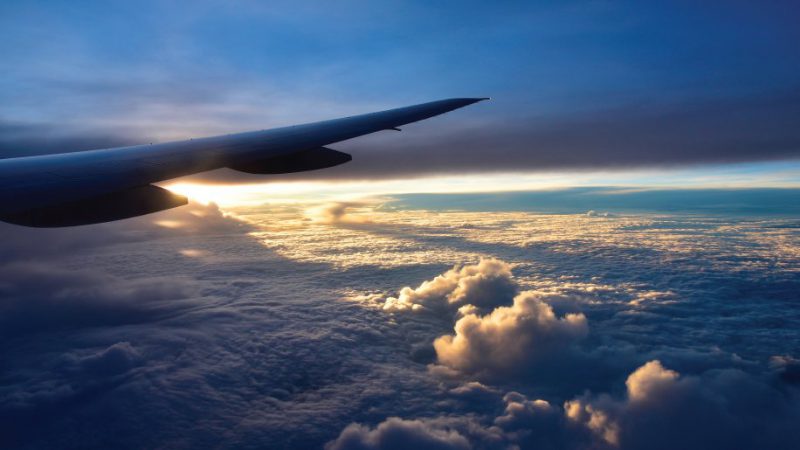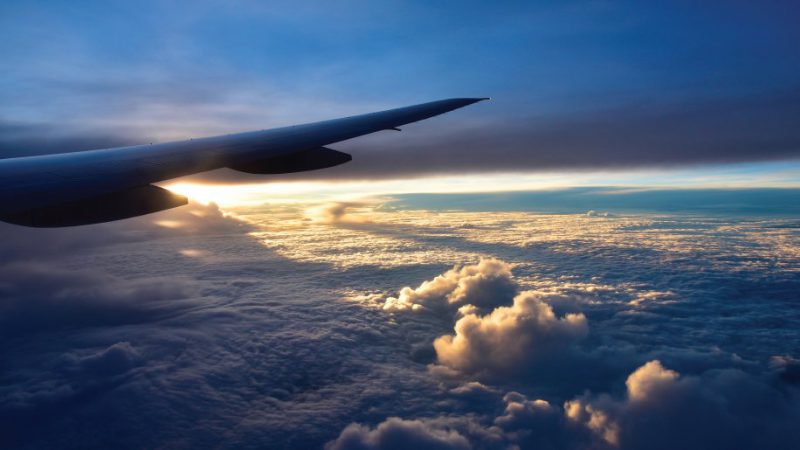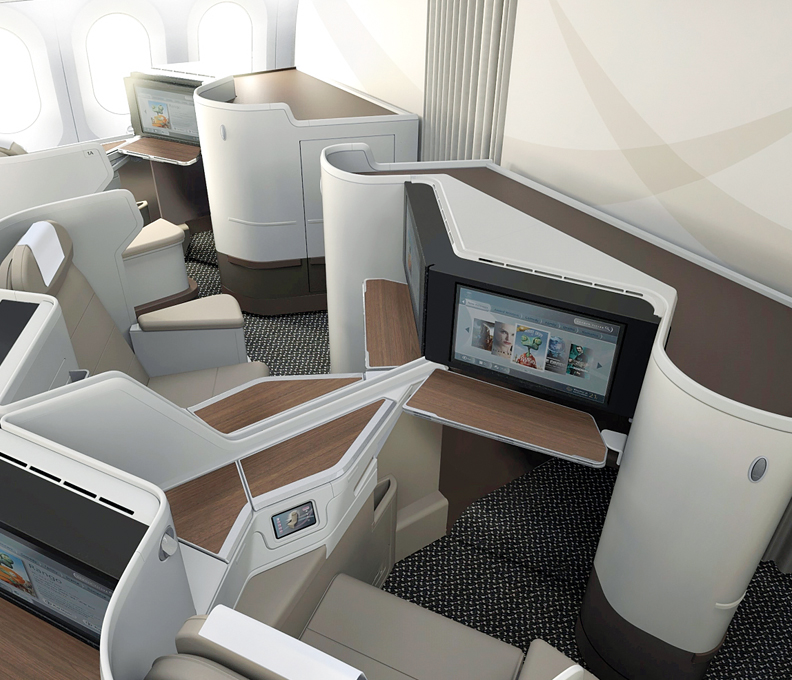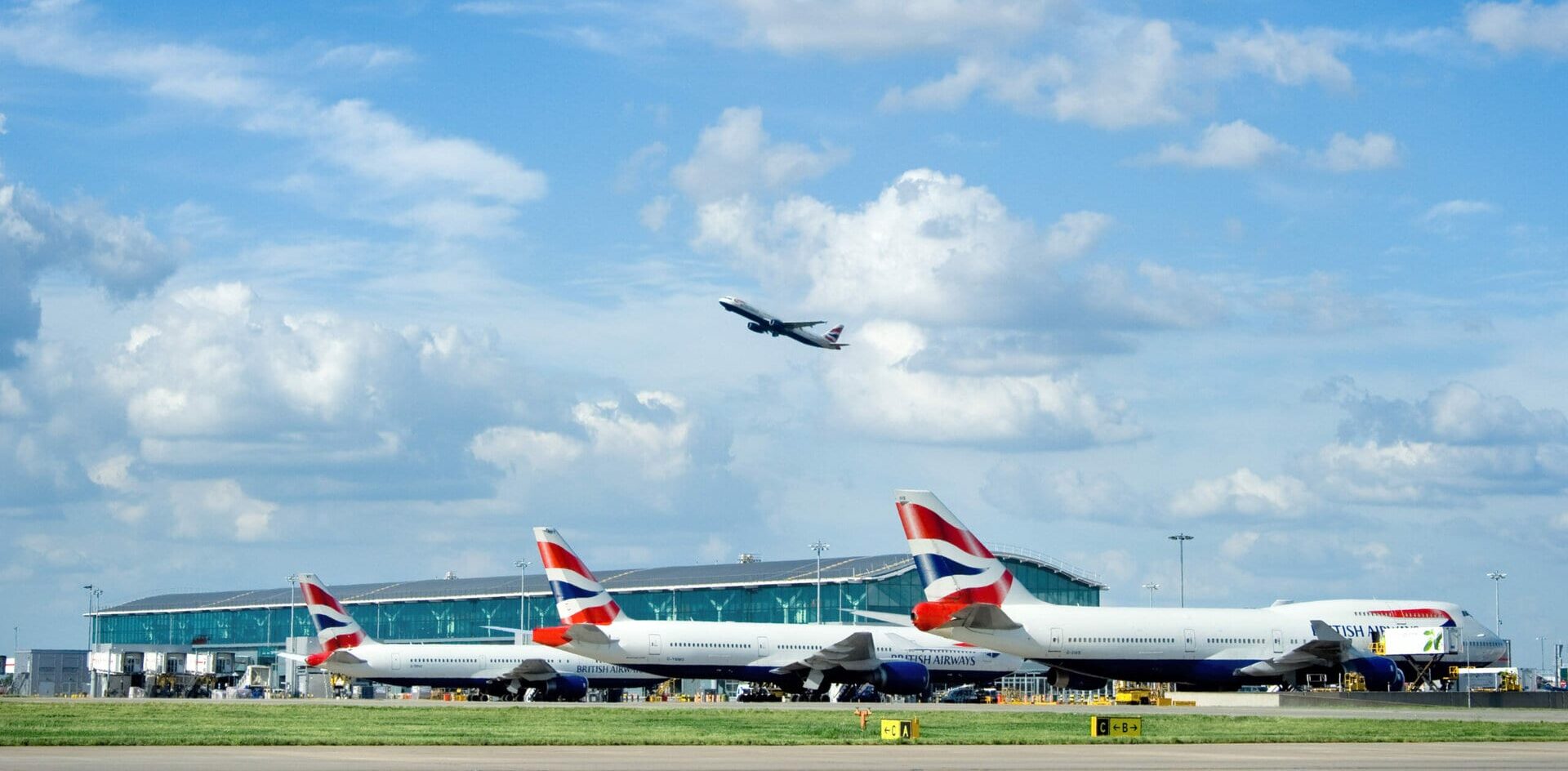Far & Away
December 30, 2018


Oct. 12, 2018, Newark, NJ. As the 9:45 AM departure time approaches, 161 passengers begin queuing up to board Singapore Airlines’ latest entry into the record books, the 9,500 mile nonstop service from Newark Liberty Airport to Singapore Changi. The inauguration of this route has been making headlines for months, billed as the world’s longest regularly scheduled commercial flight at 18 hours 45 minutes.
This flight is the latest – and the longest – in a spate of new ultra-long-haul services being launched by a number of carriers worldwide. Singapore Air’s nonstop Los Angeles International to Changi service which debuted in November is another marathon, tying the flying time of the previous record-holder, Qatar’s Auckland-Doha, at 17 hours 50 minutes. Other members of the club include United SFO to SIN (17:20), Qantas with its Dallas-Sydney and Perth-London services (17:05 and 17 hours respectively), Etihad Abu Dhabi-LAX (17 hours) and Delta Atlanta-Johannesburg (16:50).
Being on board the inaugural of a new international service always has a certain excitement about it; after all, it can be a big best-foot-forward moment, not only for the carrier but also for the airports and the cities that are being connected. But there was an extra bit of electricity in the air around the much anticipated launch of SQ21.
Of course technically this was not an inaugural, but a relaunch of this, the world’s longest flight. Many frequent fliers have lamented the demise of Singapore’s earlier entry on the nonstop EWR-SIN endurance run. The service, which was launched in 2004 aboard a gas-guzzling four-engine Airbus A340, was dropped in 2013 in the shadow of $100-a-barrel oil and the resulting squeeze on profitability.
What a difference a decade can make – especially when it comes to developments in aviation technology. While Singapore Airlines has flown this route before, this time around it really is different. Yes, crude oil is no longer at sky-high prices, but everyone knows that can change, so the airline isn’t counting on that factor alone to ensure profitability on this route. The headline-maker on this flight is the next generation twin-engine Airbus A350-900 ULR.
Comfort First
Comparisons with the airline’s earlier rendition of nonstop Newark-Singapore service are unfortunate but unavoidable. Spending the better part of an entire day in a tube hurtling through the atmosphere at 500 mph is not everyone’s idea of serenity. This fact is not lost on the carriers nor on airplane manufacturers, and so the search has been on for solutions that will make the long-haul experience more palatable for passengers.
Enter carbon-fiber composites. In addition to eliminating two engines, the new A350 promises greater operating efficiencies because of its lighter weight, thanks to the extensive use of these revolutionary materials in → the airframe design. Lighter aircraft and fewer engines equates to less fuel required – about 58 tons less for this trip, which means even lower weight and even more cost reduction.
In addition to fuel savings, the mostly-composite airframe of the A350 – like that of rival Boeing’s 787 Dreamliner – supports a higher interior cabin pressure. Conventional airplanes are pressurized to the equivalent of about 8,000 feet above sea level. According to Boeing research, that elevation can produce the first symptoms of altitude sickness, such as headache, fatigue and general crankiness. However composite construction allows the cabin to be pressurized to 6,000 feet, well below the threshold where the adverse effects of altitude are noticeable.
Another factor: Humidity – the enemy of metal airframes – can be increased in aircraft that are made with carbon-fiber technology. These advances harmonize with a cabin that has a higher ceiling, bigger windows and a wider body for a greater sense of space, plus a high-tech air filtration system, quieter acoustics and an LED lighting system designed to reduce jet lag.
Taken together, these refinements are supposed to enhance the extended air travel experience, making 15-plus hours in the air as pleasant as binge-watching the first season of Walking Dead on your own sofa at home. I must admit, when I first heard about all these so-called passenger benefits, I was skeptical; it sounded like a bit of marketing hype to me. After all, anyone who’s spent any time in the air knows irritability and dry skin after a long flight weren’t symptoms – they were just par for the course.
However, after 18 hours on the EWR-SIN inaugural, I was more than a little surprised at the difference. I arrived more rested and ready for the day than I could recall from other long flights. What made the contrast even more apparent was the next day, flying from Singapore to Paris aboard an older A380. That 12-hour flight was actually more taxing than the nearly-19 hours we’d spent in the air the day before.
Sweating the Small Stuff
In addition to improving the aircraft technology, airlines are taking a more holistic approach to all the factors that go into passenger wellbeing during long-duration flights.
For example, there’s more to the inflight experience than just the air that we breathe. It turns out that how we breathe it is really important too, according to Hawaiian Airlines. On that carrier’s transpacific flights, travelers can select from a three-part inflight video series titled “Ola Pono” or “Live Well” in Hawaiian. One segment features stretches and breathing exercises which can be done on the ground or during flight. The others focus on the healing properties of water and healthy nutrition.
Over at Japanese carrier All Nippon Airways, plans are in the works to introduce a mobile app aimed at reducing jet lag, part of ANA’s Travel Wellness program. Exactly what the app will do has yet to be revealed, but it’s being developed in conjunction with startup Neurospace which creates metrics to “advance the quality of sleep.”
For its aforementioned Perth-London nonstop, Qantas has designed an in-flight menu that it claims will help reduce jetlag for travelers on the 17-hour flights. Working with research teams from the University of Sydney’s Charles Perkins Centre, the airline has developed dishes it says will “encourage sleep at optimal times during the flight,” primarily through offering items that help increase hydration.
In addition the airline has opened its new International Transit Lounge at Perth airport. The lounge includes features such as a wellbeing studio, offering stretching and breathing classes, and bright light therapy in the 15 shower suites, which speeds up the body clock adaptation to the destination time zone.
More initiatives are underway to make flying easier, both physiologically and psychologically, like guided meditations from the non-profit Smiling Mind available on Virgin Australia’s inflight entertainment system, and American Airlines’ introduction of nature videos and Calm’s meditation app.
For its part, as part of its relaunched Newark-Singapore service, Singapore Airlines announced a partnership with Canyon Ranch, a proponent of the wellness lifestyle and an operator of wellness destinations in Tucson, AZ, and Lenox, MA. Teaming with Canyon Ranch Wellness Architects, the airline is developing science-based strategies to focus on menus, rest and relaxation and general well-being.
Among the features of the SIA-Canyon Ranch partnership we discovered on SQ21 are Wellness Cuisines from Canyon Ranch chefs and nutritionists that focus on nutrition and hydration balanced for the longer flight duration with less body movement. (But if you’re a long-time fan of SIA’s own menu selections like the famous lobster Thermidor, be not dismayed, those are still available, and the wine list is as top-shelf as ever.) Other Canyon Ranch offerings include sleep strategies to help travelers in all cabin classes improve the duration and quality of rest plus guided stretching exercise videos available on the IFE.
Getting to the Point
Ever since the Wright brothers’ first flight of 120 feet at Kitty Hawk, aviation has been engineering itself toward longer and faster air travel. Technical limitations on airframe design and engine reliability have gradually given way to airplanes that are capable of flying nearly half way around the world without stopping.
On the other side of the equation, however, are airlines’ commercial and operational considerations. The airline business has prospered around the hub-and-spoke model, where carriers could fly enough passengers into a central airport from different outlying cities to profitably fill up their route networks. Thus almost every traveler has experienced “the connection” (or its dreaded variant, “the missed connection”).
Of course, sometimes flights are scheduled to land, top off the fuel tanks, drop off a few passengers and take on others, then depart to its final destination. This is the so-called “direct” flight. The flight number stays the same, but it’s not nonstop service; the intermediate landing and take-off adds to the schedule – sometimes considerably.
In poll after poll, business travelers make it clear that their preference is for nonstop point-to-point service. So the industry is answering that demand with products that literally go the distance, with new aircraft and inflight experiences that can not only cover these prodigious routes, but do it with an eye toward passenger comfort and health.
So ultra-long-haul flights are here to stay, and the field is getting more crowded. For the moment, Singapore Airlines holds the crown for the world’s longest with its Newark service to Changi, and adding Los Angeles to the mix this year and Seattle in 2019. But recent reports indicate Qantas is gearing up to order its own ultra-long-range aircraft in 2019 enabling nonstop flights from Sydney and Melbourne to London and New York starting in 2022.
That’s nearly 10,000 miles, friends. A very long way indeed.




